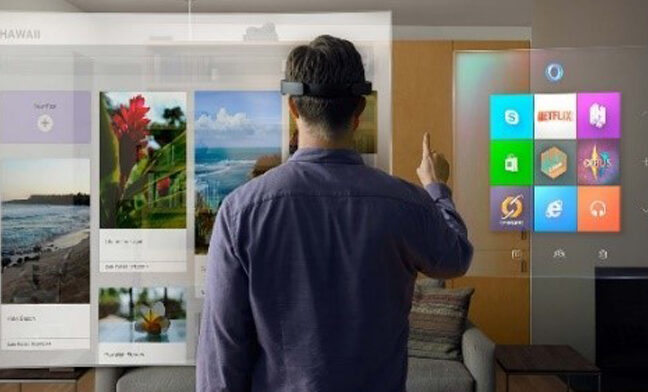
Improvements to Virtual Assistants in the Technology Age – In the era of rapidly developing technology, virtual assistants have become an indispensable part of our daily lives. With its continuously improving capabilities, innovation and improvements to virtual assistants are the main focus in meeting user needs and increasing efficiency in various fields. In this article, we’ll explore how innovations and improvements to virtual assistants have changed the way we interact with technology and provide richer and more rewarding experiences.
One of the significant improvements
is more accurate speech recognition. In its development, initially virtual assistants often had difficulty recognizing the user’s words and commands correctly. However, through the innovation and development of speech recognition technology, today’s virtual assistants are able to understand commands with a higher degree of accuracy. This allows users to communicate with virtual assistants naturally and efficiently, without worrying about mistakes in understanding commands.
In addition, the ability of virtual assistants
to learn and adapt automatically is also an important improvement. Using artificial intelligence and machine learning technologies, virtual assistants can recognize user preferences, learn behavior patterns and provide more relevant recommendations. For example, if a user frequently orders food through a virtual assistant, the system will learn the types of food they like and can provide recommendations that match those preferences. This helps improve the user experience by providing more personalized information and services.
The virtual assistant has also seen improvements
in terms of a more intuitive user interface. Along with advances in touch screen technology and graphic design, users can now interact with virtual assistants through a more attractive and easy-to-use interface. For example, users can communicate with virtual assistants through attractive animations, easy-to-understand icons and visually appealing displays. This intuitive user interface makes users feel more comfortable and engaged in using the virtual assistant, thereby increasing their efficiency and productivity.
In addition, improvements in natural language skills are also a focus in virtual assistant innovation. In an effort to create a more natural and human-like experience, virtual assistants have been enriched with contextual understanding and the ability to understand complex language expressions. By using advanced natural language processing technologies, virtual assistants can better respond to user questions and requests, even in ambiguous or complex contexts. This provides users with a more pleasant and efficient experience of interacting with virtual assistants.
Furthermore, innovations in virtual assistants have also driven the development of new functionality. For example, virtual assistants can now assist users in a variety of tasks, from managing schedules, searching for information, playing music, controlling smart home devices, to assisting in travel planning. This broader functionality allows users to replace multiple human roles in their daily lives, increasing efficiency and freeing up more time for users to do other, more valuable activities.
Lastly, improvements to security and privacy are also an important focus in virtual assistant innovation. With more and more personal data being collected by virtual assistants, concerns about privacy and information security are becoming more and more important. Therefore, innovations have been made to improve data encryption, better privacy controls, and stronger user data protection mechanisms. This helps give users confidence that their data is safe and is being used responsibly.
Overall, innovations and improvements to virtual assistants have had a significant impact on how we interact with technology in this era. Through more accurate speech recognition, learning and adaptability, intuitive user interfaces, enhanced natural language capabilities, expanded functionality, and attention to security and privacy, virtual assistants have helped us be more efficient, productive, and connected. technology. As technology continues to evolve, the hope is that these innovations and improvements will continue to give rise to more powerful and useful virtual assistants in the future.